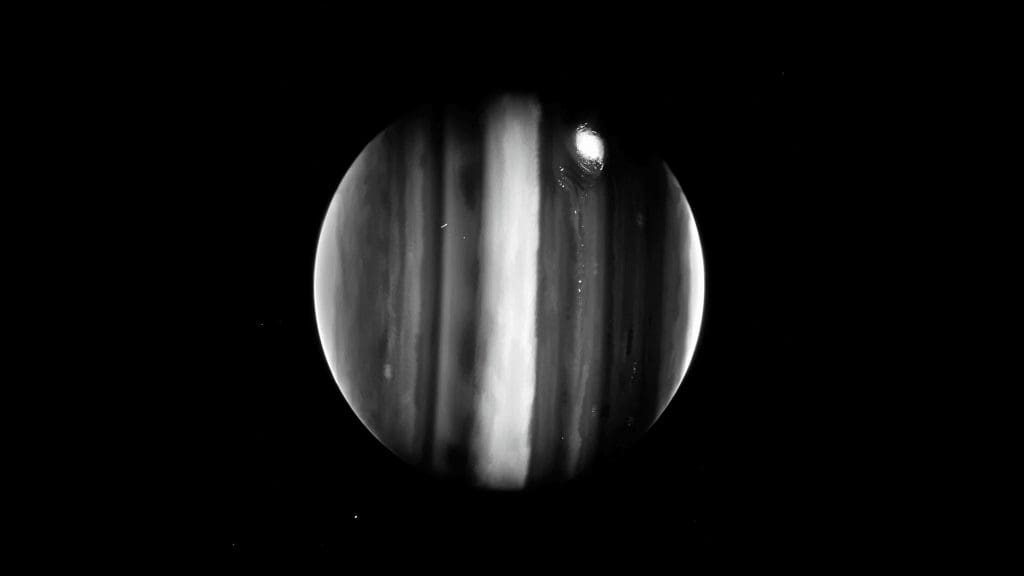On July 12, the first photographs from the James Webb Space Telescope that displayed the widest perspective of the cosmos were made public. NASA, the European Space Agency (ESA), the Canadian Space Agency (CSA), and the Space Telescope Science Institute jointly manage the Webb telescope, which was launched on December 25. (STScI). Notably, Jupiter has been a telescope target in the past as well. The Webb mission team pointed the telescope at the gas giant a few weeks ago to see how well NIRCam could follow moving objects.
Jupiter Looks Mesmerizing In The Images
Jupiter and its moons were detected in both short- and long-wavelength images, with the planet’s band being more clearly seen in the image.
This light can be seen for a very long distance since it is so brilliant. One of these brilliant flashes was seen by Webb in the galaxy SDSS.J141930.11+5251593. Five days apart, the telescope observed the galaxy twice, and in the second observation, the flash was less intense, indicating that the galaxy may be fading over time.
Even given Webb’s extraordinary sensitivity, this result still comes as a bit of a surprise. Supernovae are fleeting occurrences, which means that you have to be lucky to see one of them when it occurs. Although the explosion officially occurred billions of years ago, we are just now becoming aware of it since it takes some time for the light to reach us from the other galaxy.
The image, which was captured with a 75-second exposure, also includes Jupiter’s moons Europa, Thebe, and Metis. Next week, the Webb telescope may focus on Cassiopeia A, the huge asteroid Hygeia, Jupiter’s volcanic moon Io, or Jupiter 1 according to the STScI’s preliminary timetable, according to Space.com. Through NASA’s JWST Guaranteed Time Observations (GTO) program, numerous teams now have an observational time assigned to the telescope. Over the course of the observatory’s first three cycles of operation, this program forecasts a use rate of 16 percent.



